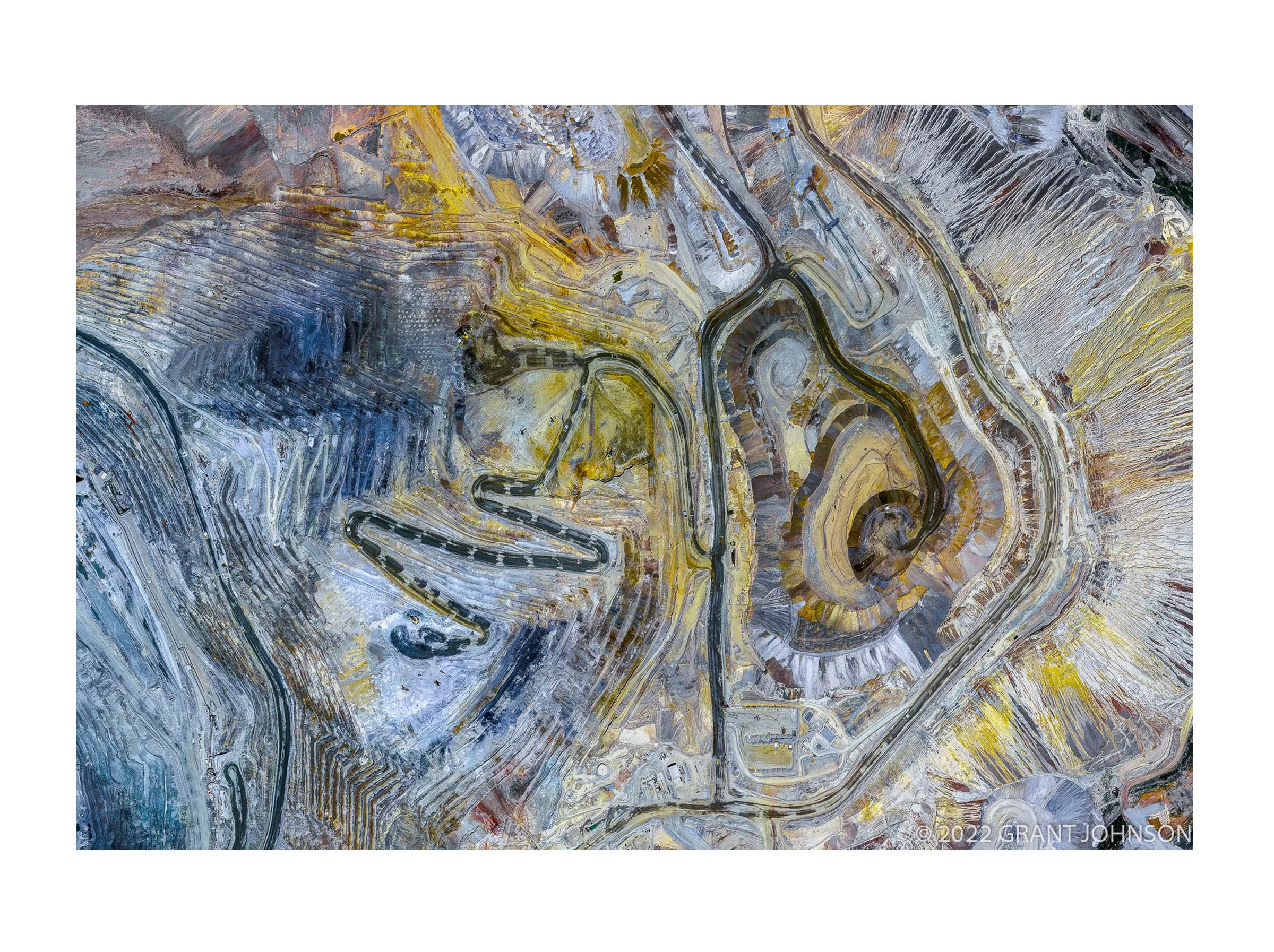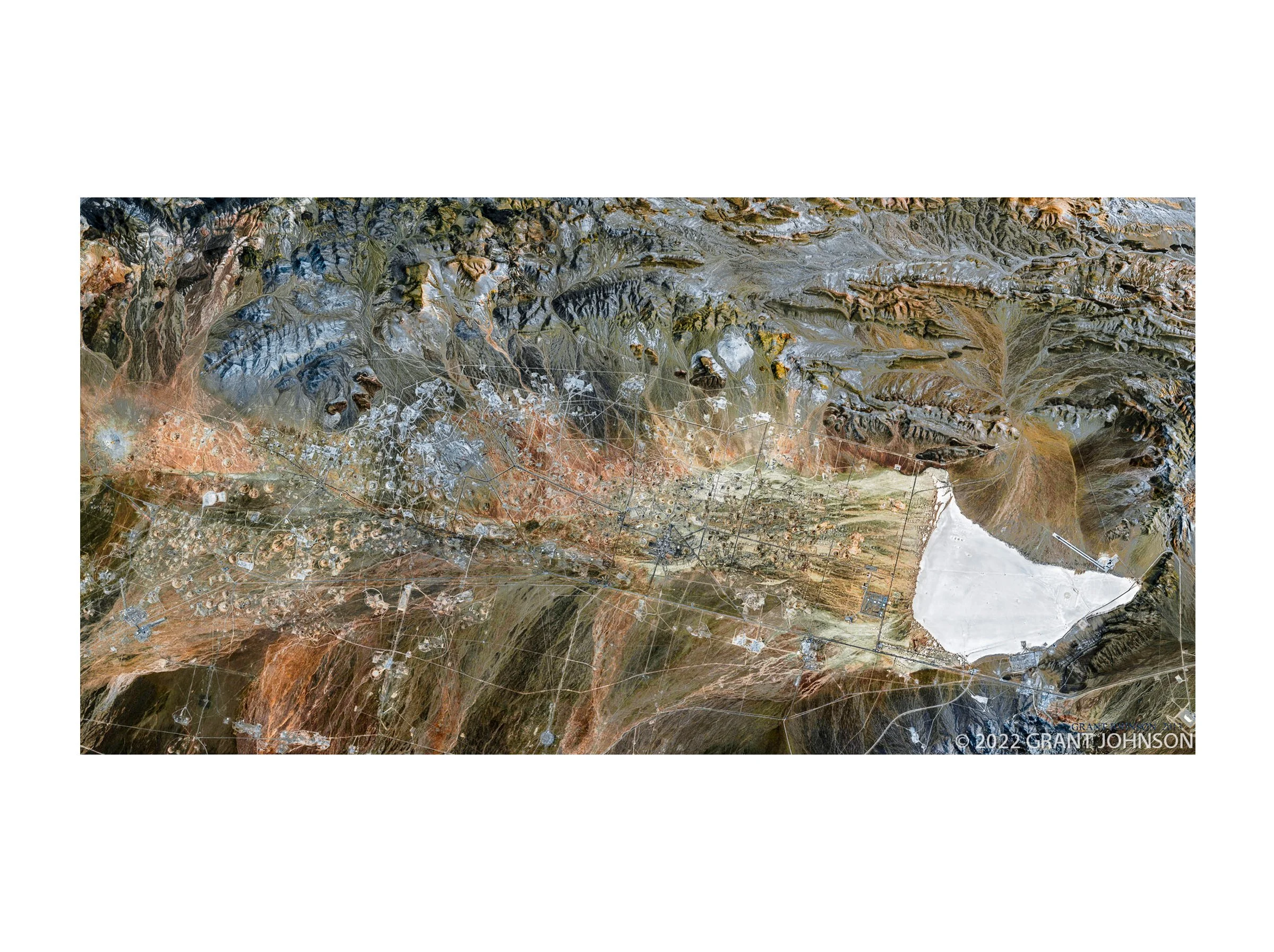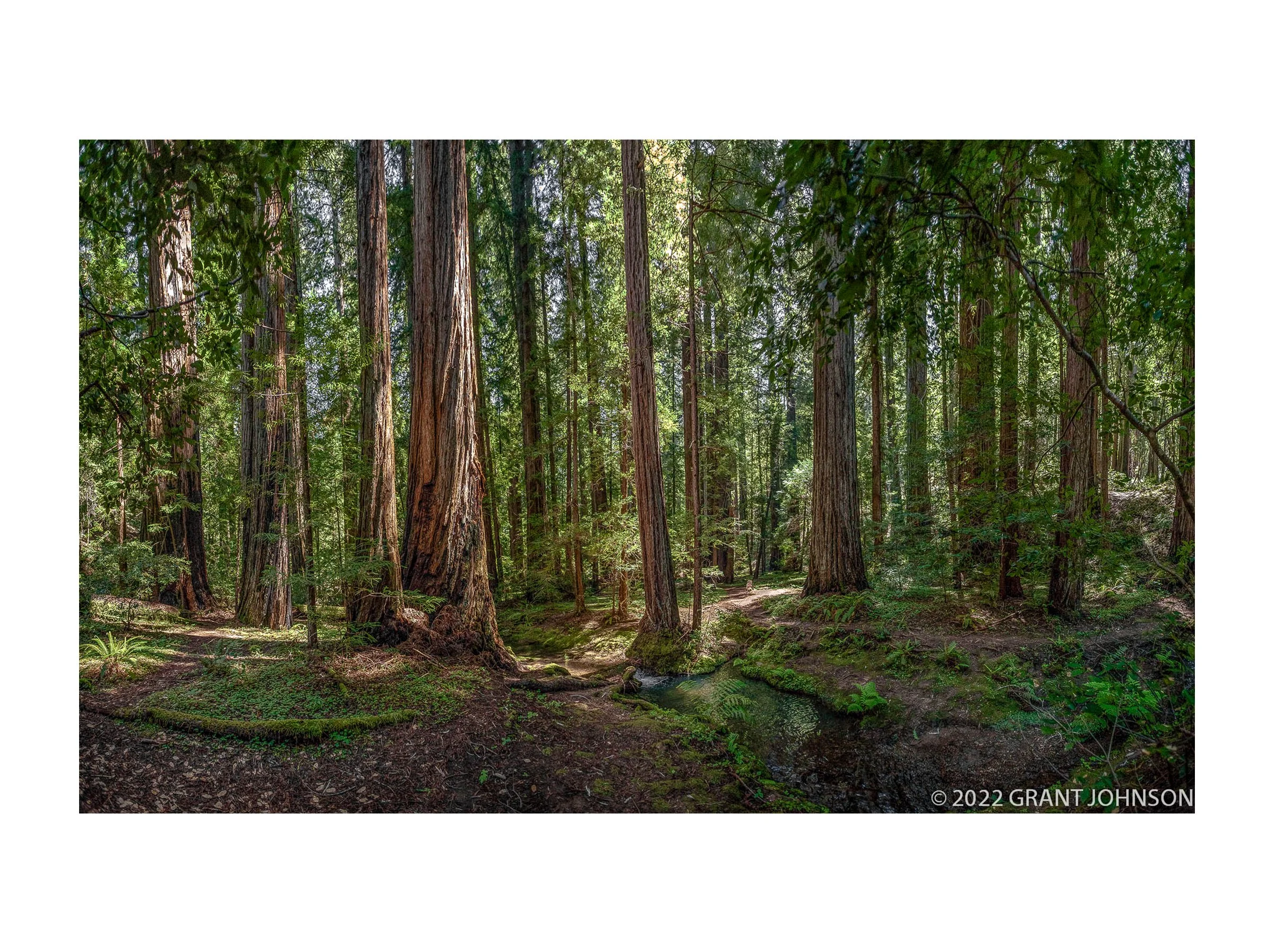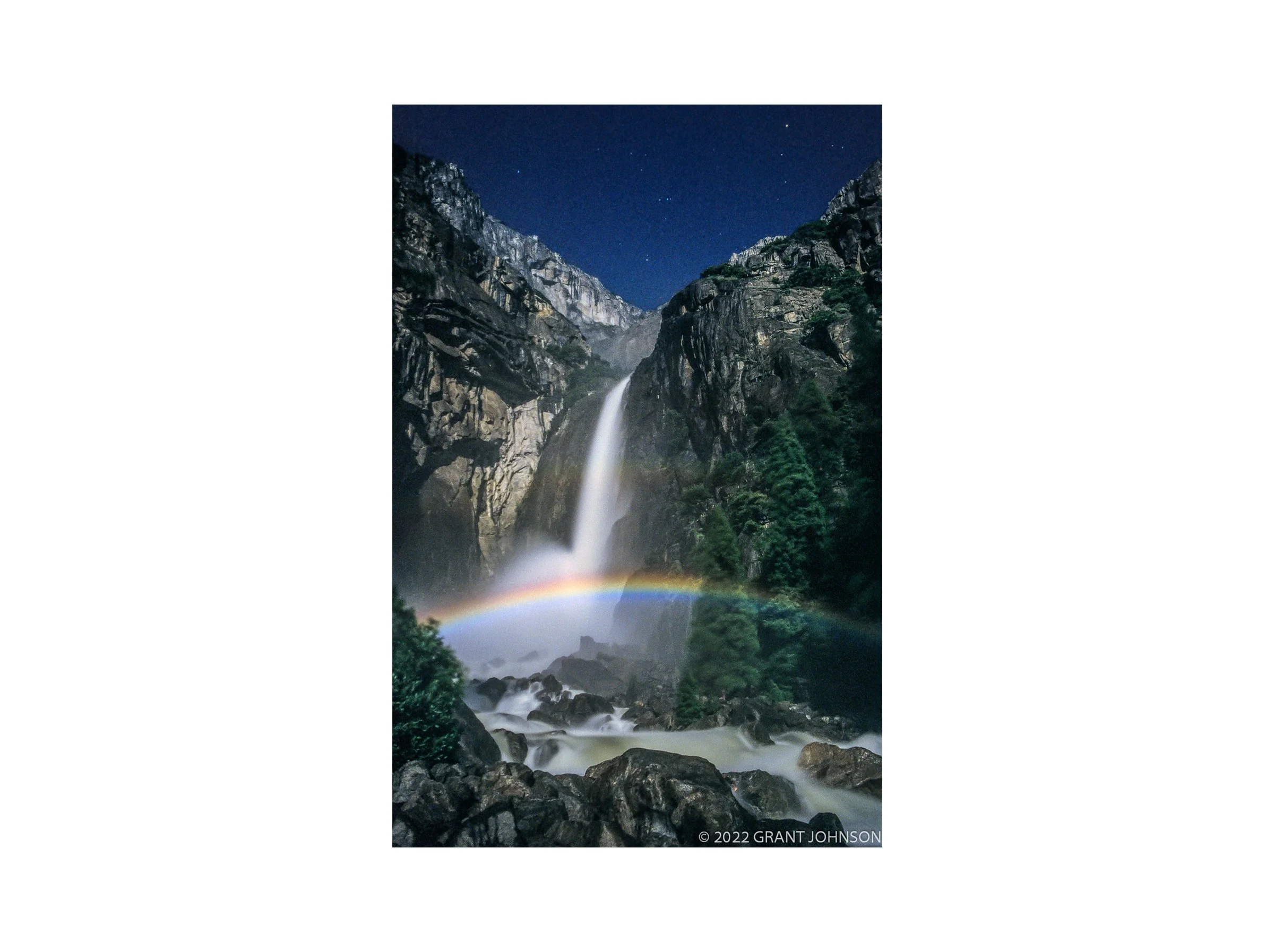
Grant Johnson
My work is about our environment -- the changes that have happened in the past and those that will occur in the future. I grew up on a farm in Arkansas where we raised cattle and grew alfalfa; I spent a large amount of time in the outdoors which over the years morphed into an interest in environmental issues. I eventually became an assignment photographer for The Nature Conservancy, for twenty years covering California and Hawaii. I have been involved in projects that seek to understand water issues, forest ecology, endangered species, and climate change. My work attempts to call attention to environmental questions and answers that would help preserve the world in a state in which we can continue to thrive.
I believe my training as an artist enables me to tell stories visually in a manner more direct and emotional than words. I produce long-running series of work on topics of landscape ecology such as Water, Landform, Old Growth, and Domesticated Landscapes. I add to these series when appropriate work is produced based on my own photographs or by manipulation of satellite imagery. I post informational articles on my website (www.grantjohnson.net), that support the science behind the visual stories I'm creating.
I received a BFA from the University of Arizona where I painted and learned rudimentary photography. I became interested in electronic imagery when the first remotely sensed planetary landscape photography began to appear in the late 60's. I was fascinated by NASA's Landsat photography which began to appear in 1972, the year I graduated from the University of Arizona. Inspired to learn more about electronic imaging, I applied to the Rhode Island School of Design's nascent video department and received the first graduate degree in experimental video awarded by RISD in 1975. I worked with analog computer systems for video and audio synthesis and eventually their digital counterparts. Landsat imagery was out of reach financially until 2008 when the entire archive entered the public domain, and it became possible to identify a location, collect the satellite images, and compose the columns and rows of images into a large, coherent, very high resolution landscape.
"Johnson is able to create a more vivid and dramatic landscape that also highlights the contrast between human and natural processes. In doing so, he has created a unique art that reveals, in exquisite and troubling detail, the fragile earth on which we live."
—Carolyn Miller, Canessa Gallery 2011
Burning Man 2013 Black Rock Desert Nevada, Dye Sublimation Print on Aluminum, 40” x 60”, 2021
Industrial Waste Discharge Turkmenistan, Dye Sublimation Print on Aluminum, 30” x 60”, 2021
Bingham Canyon Copper Mine Utah, Dye Sublimation Print on Aluminum, 40” x 60”, 2021
Fracking Grid Upton Texas, Dye Sublimation Print on Aluminum. 30” x 60”, 2021
Crescent Dunes Solar Array Nevada, Dye Sublimation Print on Aluminum, 20” x 40”, 2021
Syrian Battlefield East of Homs, Dye Sublimation Print on Aluminum, 20” x 40”, 2021
Yucca Flats Nevada Test Site, Dye Sublimation Print on Aluminum, 30” x 60”, 2013
Welcome to the Future, Pigment Print on Canvas, 48” x 72”, 2008
Old Growth Montgomery Woods, Archival Pigment Print, 48” x 72”, 2011
Full Moon Night at Spiral Jetty, Archival Pigment Print. 48” x 72”, 2005
Moonbow, Lower Yosemite Falls, Archival Pigment Print, 20” x 30”, 1995
Fire on the South Rim, Archival Pigment Print, 40” x 60”, 1993













